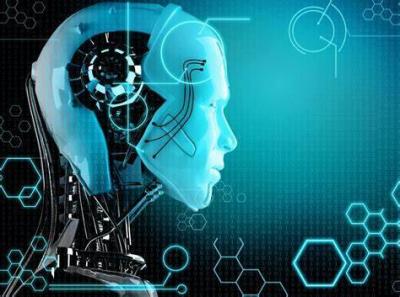A team of scientists has proven that an artificial intelligence system known as a neural network can be trained to demonstrate "systematic composition," which is a fundamental part of human intelligence. The research, published in *Nature*, reveals a shift in a decades-long debate in cognitive science about which type of computer may best represent the human mind. Since the 1980s, a subset of cognitive scientists has argued that neural networks, a type of AI, are not viable models because their structure fails to capture a key characteristic of how humans think. However, with training, neural networks can now acquire this human-like ability.
Brenden Lake, a co-author of the study and an assistant professor of psychology and data science at New York University, stated, "Our work here suggests that this important facet of human intelligence can be acquired through practice using a model previously dismissed for lacking those capabilities." Neural networks somewhat mimic the structure of the human brain, as their information-processing nodes are interconnected, and their data processing flows in hierarchical layers. Historically, however, AI systems have not acted like the human mind because they lacked the ability to combine known concepts in new ways, a process called "systematic composition."
For example, Lake explained that if a standard neural network learns the words "jump," "twice," and "in circle," it must be shown many examples of how to combine these words into meaningful phrases like "jump twice" and "jump in circle." If a new word, such as "spin," is introduced, the system would again need to see a set of examples to learn how to use it similarly.
In the new study, Lake and co-author Marco Baroni from Pompeu Fabra University in Barcelona tested AI models and human volunteers using a made-up language containing words like "dax" and "wif." These words correspond to either colored dots or a function that manipulates the arrangement of these dots in a specific sequence. Thus, the sequence of words determines the order in which the colored dots appear. Looking at a nonsensical phrase, both the AI and the volunteers had to identify the fundamental "grammatical" rules that defined which dots corresponded to which words.
Human participants produced the correct dot sequence in about 80% of the cases. After testing seven AI models, Lake and Baroni developed a method called meta-learning for composition (MLC), which allows the neural network to practice applying different sets of rules to newly learned words while providing feedback on whether the rules were applied correctly. The neural network trained with MLC matched or exceeded human performance in these tests. When the researchers added data about common human errors, the AI model made the same types of errors as humans.
Paul Smolensky, a professor of cognitive science at Johns Hopkins University and a senior principal researcher at Microsoft Research, who did not participate in the new study, commented, "They achieved impressive success in this task of computing the meaning of sentences." However, the model still had limitations in its generalization abilities. Smolensky explained, "It could work on the types of sentences it was trained on, but it couldn't generalize to new types of sentences." He added that enhancing the MLC's ability to demonstrate compositional generalization is an important next step.




